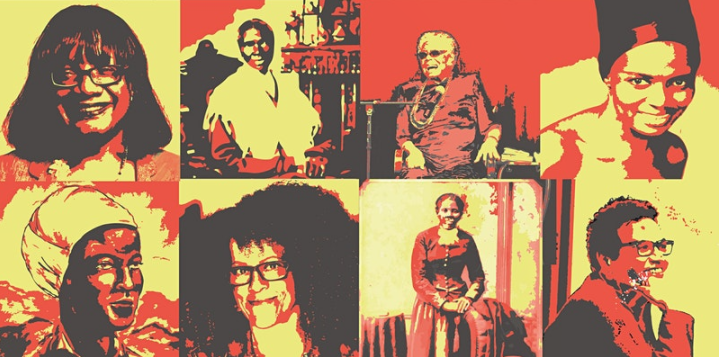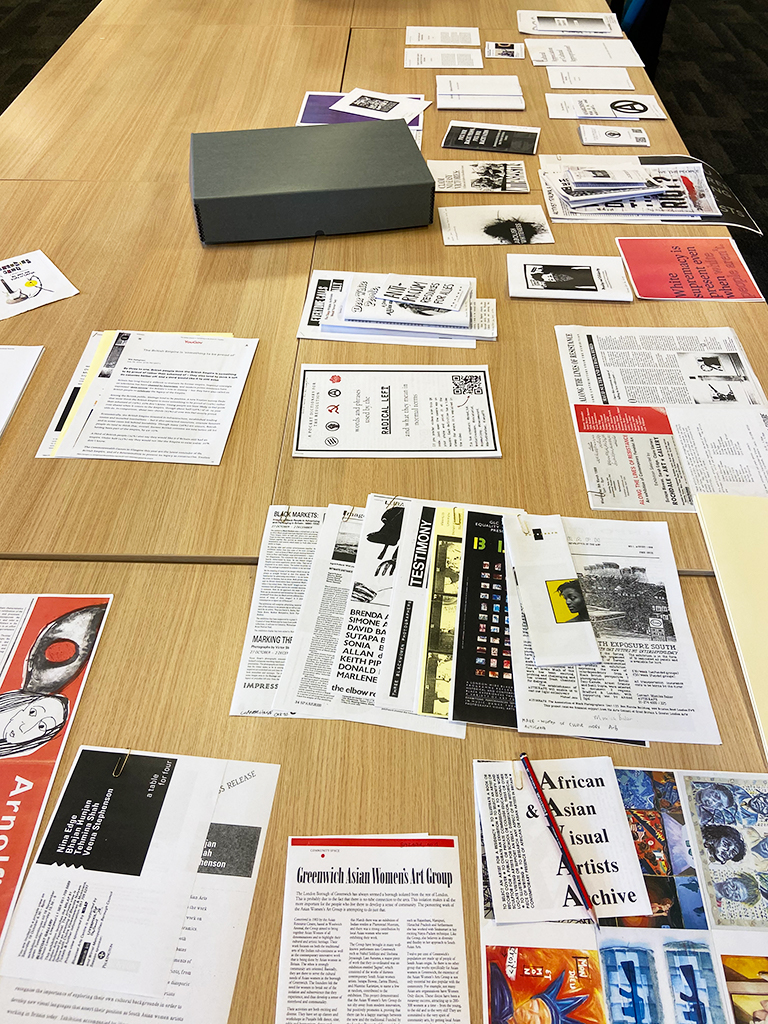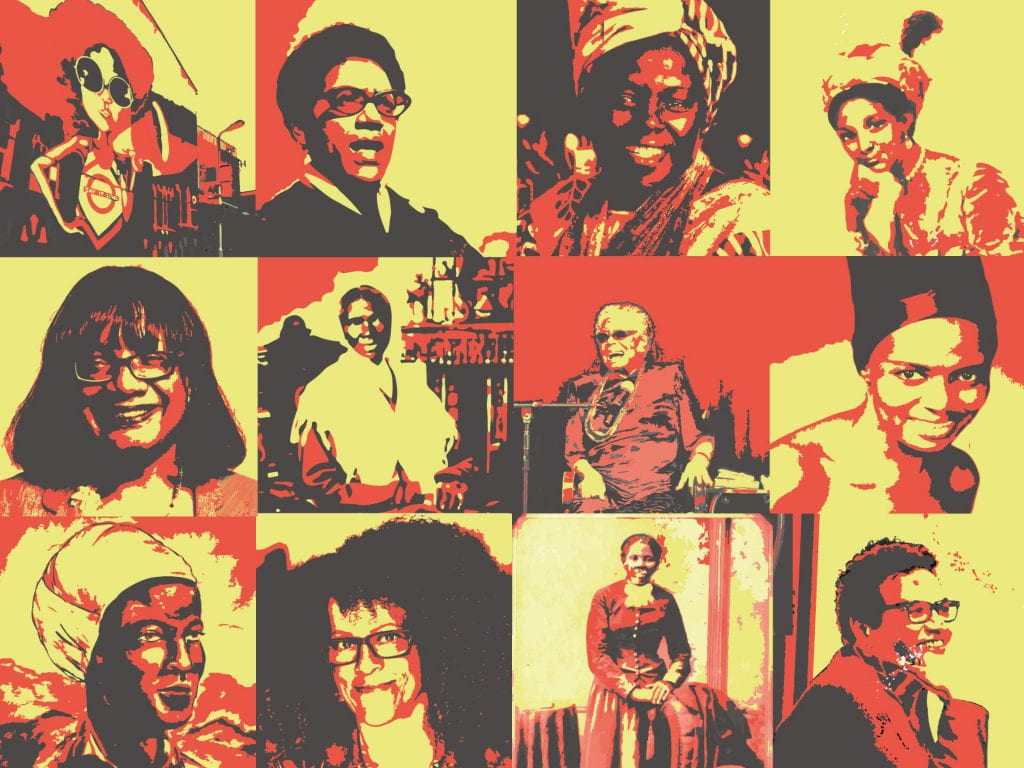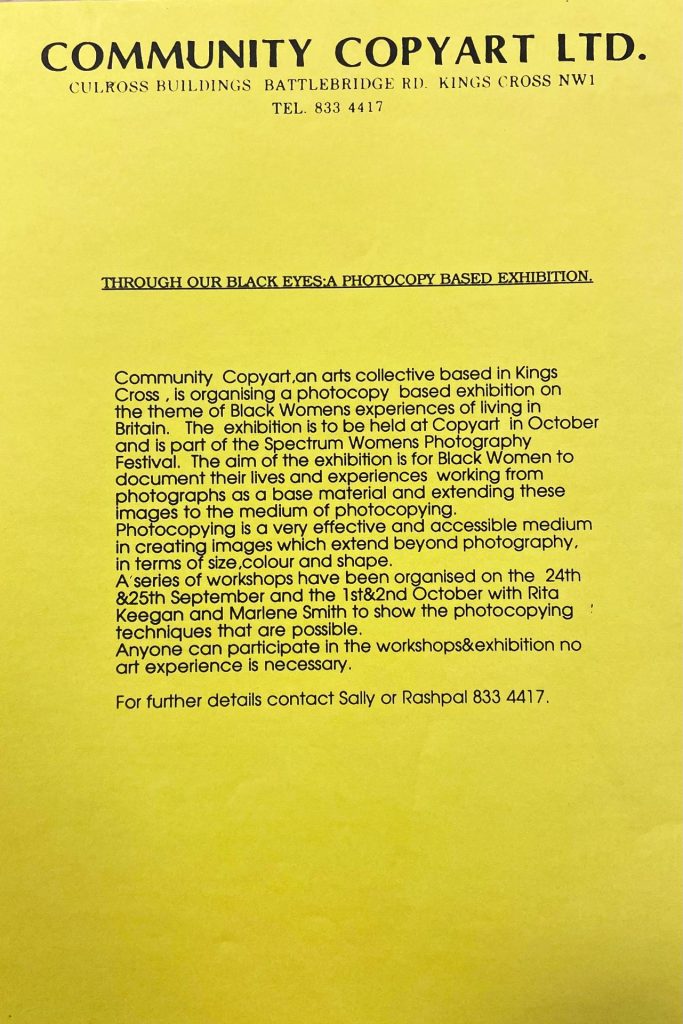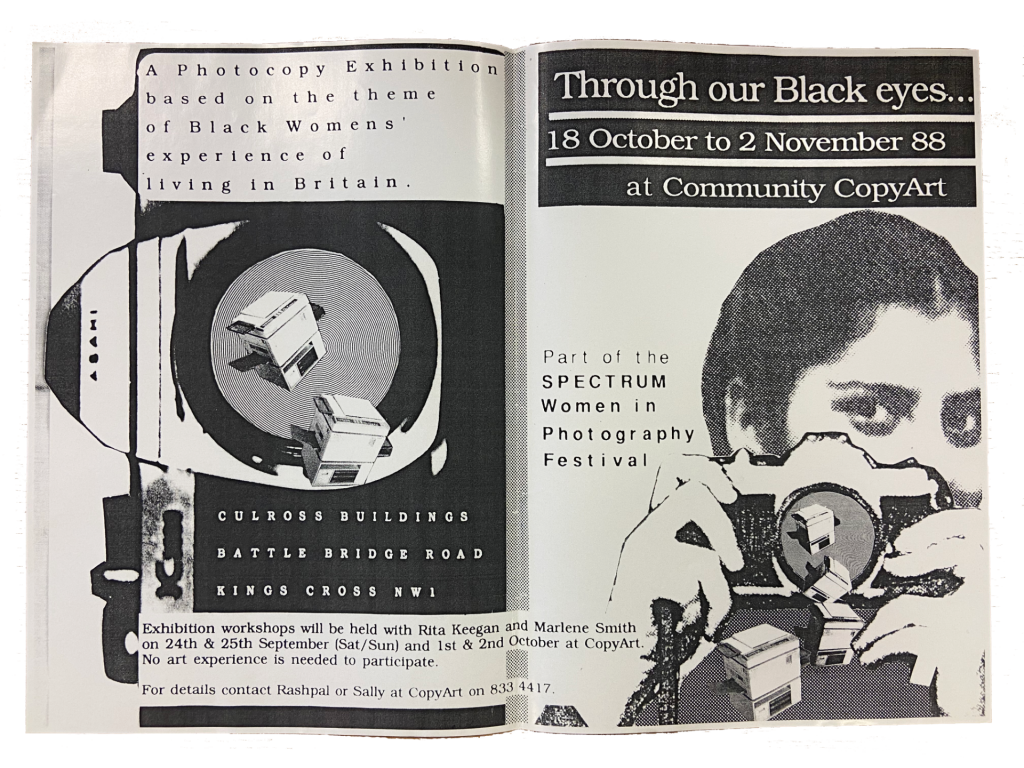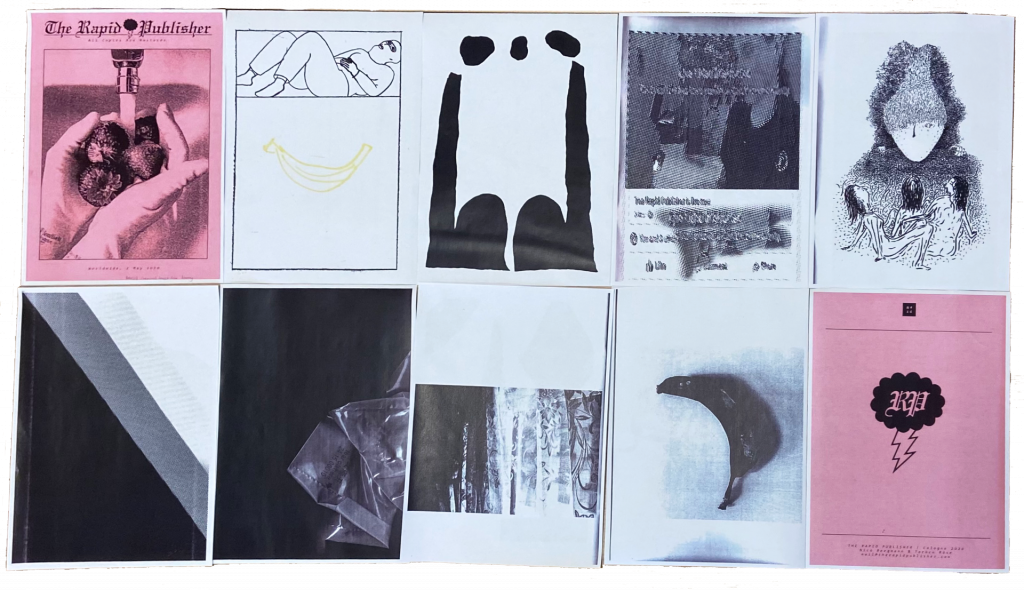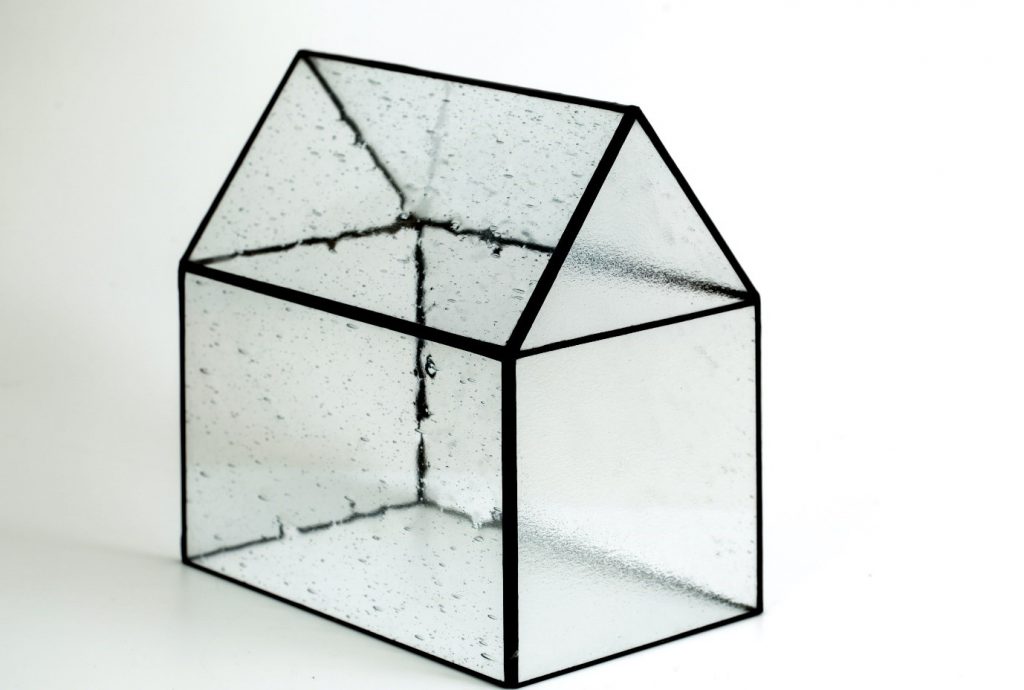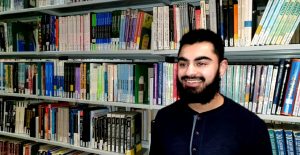
It may come as a surprise to you that the UK library workforce identifies as 96.7% White*- this is compared to a UK population that identifies as 88% White.
It’s only in the last 2 years that SCONUL (Society of College, National and University Libraries) and CILIP (Chartered Institute for Librarians and Information Professionals), which are the library and information sector’s leading representative bodies in the UK, have worked with staff to establish networks that platform BAME voices and experiences – SCONUL’s BAME Staff Forum and CILIP’s BAME Network, both of which have Allies networks.
As with other areas across HE, libraries are hugely underrepresented by people from Black, Asian, and Minority Ethnic backgrounds. This is true throughout the workforce but is most startling at the very top, with only 3 BAME library directors. One of those 3 is Goldsmiths’ Library Director, Marilyn Clarke.
Recognising the enormous value, advantage, and creativity that diverse voices and experiences bring to all aspects of what we do, faced with this reality we had no choice but to become activists. So, at Goldsmiths library, as part of our Liberate our Library* initiative and EDI commitments we are being proactive and intentionally taking positive action to change our staff profile and contribute to a more diverse recruitment pipeline within the sector. One way that we are doing this is through our positive action BAME Graduate Traineeship. The role has been a long time coming! Finances and a global pandemic slowed us up, but we’re thrilled that we launched the inaugural traineeship this year.
The intention of the role is to have an annual opportunity for a BAME Graduate who has not necessarily had any experience but is interested in exploring a career in the Library and Information sector to do so. We have designed the role, so it allows the successful candidate the opportunity to experience library work across all its core functions. The idea being that they come away with broad ranging experience, the skills and knowledge necessary and hopefully, a desire to build a career in libraries.
We’re determined to make this the best grounding experience in library work that we can so, acknowledging that our BAME Graduate is in a unique role and is moving around teams, we’ve established a ‘Buddy’ scheme so that they can share their experiences, have support and a network to help them settle in. Gloria Ojosipe, our Library Administration Coordinator, is championing this. She has a wealth of professional, Goldsmiths, and life experience, and is also an academic mentor.
We decided to offer our first traineeship to a Goldsmiths Graduate and are pleased to introduce Adil Rehman, who began working with us in September.
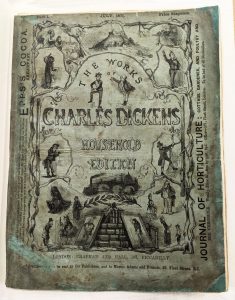
Adil has just finished studying English and History at Goldsmiths. He has always been interested in the humanities and had considered becoming an English teacher after his degree as he wants to experience living in different countries and thought teaching would be a good fit.
While studying Adil spent a lot of time in the Library and enjoyed being in the environment. When he was picking up some books with a friend in 2020 they had a conversation about how cool it would be to work in a library, but he didn’t think any more of it until he got a job alert from CareerSpace advertising the role and thought he’d go for it!
He says he had no particular expectations of what it was like to work in a library before starting, but has been surprised at how many staff there are and how many different things we do. As a student he used Reading lists and online resources but had never really thought about how they get created and had only really considered books and the helpdesk as library work. Now that he has started. like the rest of us, his family and friends have been asking him if he spends all day reading books (we’d love to, but sadly we don’t).
Adil has been enjoying moving around the different teams, getting to know people and learning about different aspects of library work. He is looking forward to getting to know more about Special Collections, his appetite having been wetted after being shown the works of Charles Dickens*, which were published in monthly issues after Dickens’ death and sold on newsstands.
It’s early days for Adil and you will be hearing lots more from him throughout the year – but for now, welcome Adil – we’re delighted you’ve joined our team.
We’re incredibly excited about this role. We’re excited for Adil’s journey and for the opportunity to work with and learn from him. We’re also pleased that we’ve been able to create this as an annual BAME traineeship. This will allow us as a library to be more representative of the communities we serve and show our BAME students that there is a place for them in academic libraries, if they want it, which is incredibly important in student engagement, interaction, retention, and attainment.
Marilyn Clarke, Nuala McLaren & Adil Rehman
With thanks to Carl Dunford-Gent, Gloria Ojosipe, Careers, HR, and the Library Team
*https://www.cilip.org.uk/page/Workforcesurvey/ – ‘A Study of the UK Information workforce / CILIP (Chartered Institute of Library and Information Professionals) and ARA (Archives and Records Association) commissioned report.
*https://www.gold.ac.uk/library/about/liberate-our-library/ – decolonising and diversifying collections and the profession.
The works of Charles Dickens.
